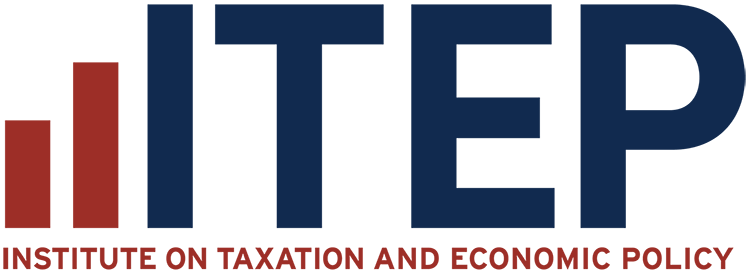The gasoline tax is the single largest source of funding for transportation infrastructure in the United States, but the tax is on an unsustainable course. Sluggish gas tax revenue growth has put strain on transportation budgets at the federal and state levels, and has led to countless debates around the country about how best to pay for America’s infrastructure.

Publication Search Results
STAMP is an Unsound Tool for Gauging the Economic Impact of Taxes
The Beacon Hill Institute (BHI), a free-market think tank located at Suffolk University, frequently uses its State Tax Analysis Modeling Program (STAMP) to perform analyses purporting to show that lowering taxes, or not raising them, will benefit state economies. But STAMP suffers from a number of serious methodological problems and should not be relied upon by anybody seeking to understand the economic impacts of state tax policies.
State Gasoline Taxes: Built to Fail, But Fixable
The Federal Gas Tax: Long Overdue for Reform
The federal gas tax is a critical source of funding for the nation’s transportation system, but its design is fundamentally flawed. In recent years, the consequences of those flaws have become increasingly obvious, as the federal government has struggled to fund a 21st century transportation network with a gas tax that has predictably failed to keep pace with the nation’s growing infrastructure needs. This ITEP Policy Brief explains how the federal gas tax works, its importance as a transportation revenue source, the problems confronting the gas tax, and the reforms that are needed to overcome these problems.
Improving Tax Fairness with a State Earned Income Tax Credit
The simplest, most effective, and most targeted way to begin to counteract regressive state tax codes is a refundable state Earned Income Tax Credit (EITC). Twenty-five states and the District of Columbia already have some version of a state EITC. Each one is modeled on the federal credit, making it easy for taxpayers to claim and simple for state tax officials to administer. This report explains how all states – even those who already have some form of the credit – can use the state EITC as a tool for improving the fairness of their state tax code.
Gas Tax Hits Rock Bottom in Ten States
In most states, the gasoline tax is set at a fixed number of cents per gallon of gas. South Carolina drivers, for example, have been paying 16 cents per gallon in state tax for more than a quarter century.1 But while this type of fixed-rate gas tax may appear to be flat over time, its lack of change in the face of inflation means that its “real” value, or purchasing power, is steadily declining. In ten states, this decline has brought the state’s inflation-adjusted gas tax rate to its lowest level in the state’s history.
Most Americans Live in States with Variable-Rate Gas Taxes
The federal government and many states are seeing shortfalls in their transportation budgets in part because the gasoline taxes they use to generate those funds are poorly designed. Thirty-two states and the federal government levy “fixed-rate” gas taxes where the tax rate does not change even as the cost of infrastructure materials inevitably increases over time. The federal government’s 18.4 cent gas tax, for example, has not increased in over twenty years. And almost half the states (24) have gone a decade or more without a gas tax increase.
Tennessee Hall Tax Repeal Would Overwhelmingly Benefit the Wealthy, Raise Tennesseans’ Federal Tax Bills by $60 Million
A new analysis performed using the ITEP Microsimulation Tax Model shows that the vast majority of Tennesseans would see very little benefit from Hall Tax repeal. Nearly two-thirds (63 percent) of the tax cuts would flow to the wealthiest 5 percent of Tennessee taxpayers, while another quarter (23 percent) would actually end up in the federal government’s coffers. Moreover, if localities respond to Hall Tax repeal by raising property taxes, some Tennesseans could actually face higher tax bills under this proposal.
90 Reasons We Need State Corporate Tax Reform
As states struggle with tough budget decisions about funding essential public services, profitable Fortunate 500 companies are paying little or nothing in state income taxes thanks to copious loopholes, lavish giveaways and crafty accounting, a new study by Citizens for Tax Justice and the Institute for Taxation and Economic Policy reveals.
The Sorry State of Corporate Taxes
Many of America’s Most Profitable Corporations Pay Little or No Federal Income Taxes; Multinationals Pay Higher Rates Abroad Than in the U.S.
